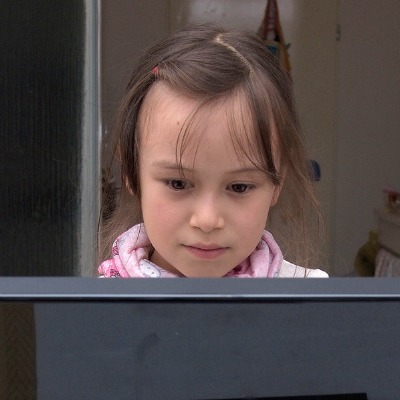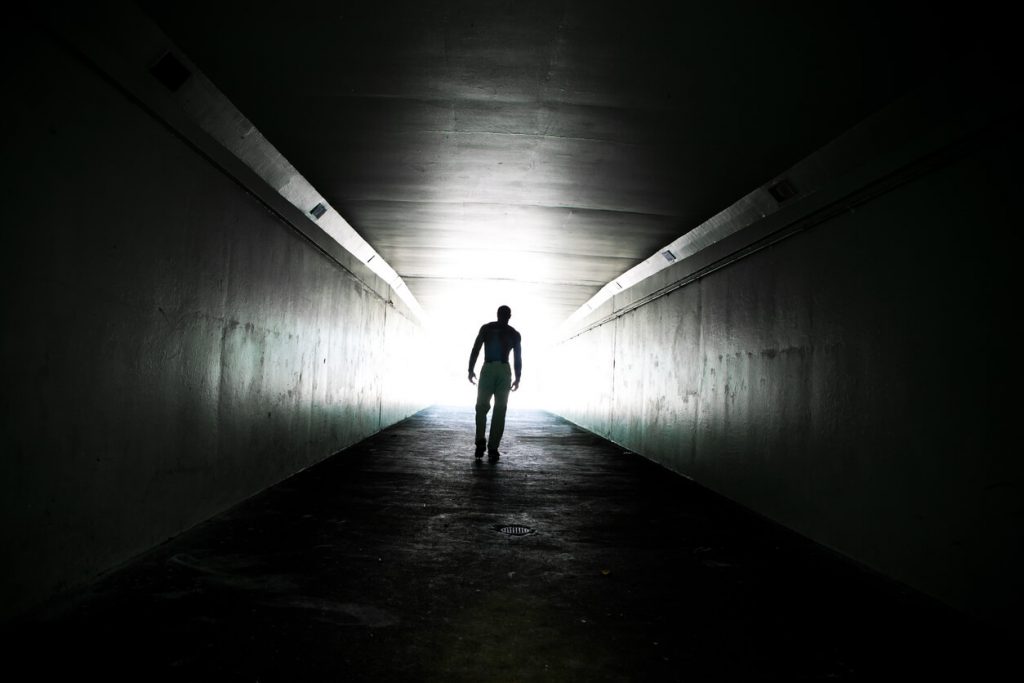There is little doubt that the Internet makes much of life much easier and more convenient in many ways. However, the down side is that it also brings influences you would otherwise avoid right to your doorstep, including pornography. Because it is so hard to regulate and suppliers are constantly finding new ways to get past blocks and filters, your entire family is at risk every time they go online.
The majority of initial viewings are unintentional, such as a browser search gone wrong or virus pop-ups. Some children do seek out content purposefully either out of curiosity or as an attempt to reinforce particular ideas or behavior. Pornography is particularly damaging for children as it distorts the act of sex and what is normal, natural, and appropriate. This affects development in a way that will yield a lifelong struggle and consequences. Studies have found that the younger a child is exposed to pornography, the more likely they are to struggle with it as an adult addiction.
It is clear to most parents that protecting their children from pornography is important. However, doing battle with an industry that always seems to be one step ahead technologically, in addition to the growing availability of mediums, can be challenging for even the most conscientious parent. Fortunately, there are ways that a parent can stay on top of what their child is viewing, while taking steps to protect them. Doing so requires diligence, determination and often stepping outside your comfort zone, but the payoff is worth the work.
- Talk to your children. Make sure that what they inadvertently see or hear is not the only view your child has of healthy sexuality. Be as open with him/her as you can and make sure they know what is expected of them, what the dangers are and what they should do if they come across pornographic content.
- Download filters and adjust parental settings for every device your child uses that has the Internet. Aside from the family computer, this also includes tablets, phones and even certain gaming devices. Select a filter that updates regularly, so you know that it is constantly protecting you from the newest threats.
- Set boundaries for social networks. Sites frequented by teenagers are often high risk for inappropriate content. Instagram, Tumblr, Vine, Snapchat, and even Facebook have all been reported to give easy access to mature content that filters may not pick up. Know what sites your child is interested in and make sure that they know you will be monitoring the way they communicate if you choose to let them participate in social media.
- Check up on your child regularly. There are many ways to keep an eye on what your child is viewing aside from looking at the history. Some filter options will send a daily or weekly report of websites and Internet searches. The rise of “sexting,” or sending explicit pictures via text, means that parents should also monitor non-Internet communication as well. Although some parents may feel that this is an invasion of their child’s privacy, it is important to understand that this type of privacy for impressionable children is a responsibility to be earned.
- Keep the Internet out in the open. Pornography consumption thrives in isolation and secrecy. Children who viewed pornography at a young age and grew to have further problems with it often point out that they had unlimited access to the Internet in the privacy of their rooms. Remove temptation by requiring the family to limit their Internet use to a common area of the house. Set up a designated area for homework and set the parent controls on your child’s iPod or smart phone to turn off at bed time and turn back on upon awakening.
Photo credit: wjlonien
 Mike Taylor is the online outreach counselor for Desert Solace Rehabilitation facility and specializes in addictions and addiction recovery. When Mike isn’t writing about pornography addiction he enjoys cycling and hanging out with his family.
Mike Taylor is the online outreach counselor for Desert Solace Rehabilitation facility and specializes in addictions and addiction recovery. When Mike isn’t writing about pornography addiction he enjoys cycling and hanging out with his family.







